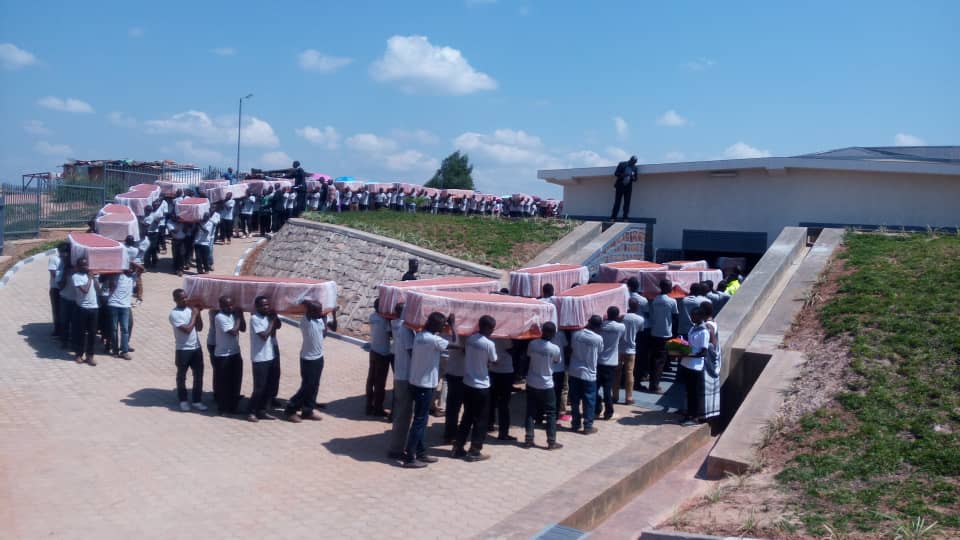
The National Commission for the Fight against Genocide (CNLG) has been urged to consider using technology to identify remains of victims of the 1994 Genocide against the Tutsi.
The call was made during a meeting to discuss ways of identifying where the remains of genocide victims are hidden in the wake of recent discoveries of thousands of victims whose whereabouts was not known.
A proposal was given to the body charged with combating the genocide ideology and preserving the memory of the genocide to use technology similar to that used to identify victims of the holocaust of the Jews more than 75 years later.
An Israel company uses special cameras and sonar equipment to identify the remains of the victims of the holocaust which were hidden in different parts of Europe. CNLG said it will propose the idea to the government which might lead to discovery of thousands of remains hidden in different locations in the country.
The idea was floated by Dr Antoine Mugesera, a member of the Rwanda Elders Advisory Council, who has also documented the 1994 Genocide against the Tutsi in a number of publications.
Dr Mugesera said that the technology would be more reliable and can speed up the process of identifying locations where remains are hidden instead of relying on information provided by the people.
The idea was supported by Senator Emmanuel Havugimana who said that the technology would help fast track the process of identifying where bodies were hidden, not only to accord them a decent burial but also record them.
“Technology is indeed necessary to help us address this problem that has stayed around for many years. We know the technology is available. I have checked the cost. Each costs about $100, 000,”
“I have verified on internet how this technology works and it is very efficient. If the government procured about five of the machines, they can go around the country especially in places where it is suspected that bodies were hidden and help fasten the process to identify the bodies,” he said.
He added that given the efficiency of the equipment, they would help in addressing the challenge of demolishing properties, sometimes mistakenly, and also help find even the remains that were not known before.
No timelines were given but the idea was supported by many. During the meeting, one of the key challenges highlighted was that people are adamant to provide information, either because they don’t want to be held accountable or because some don’t want their properties destroyed in case it is discovered that there are bodies underneath.
Commissioner Bosco Kabanda, who represented Rwanda Correctional Services (RCS) said that genocide convicts in Nyarungenge RCS facility in Mageragere have expressed willingness to reveal mass graves where more remains are hidden
“Yesterday inmates gave us information on mass graves where it is suspected that genocide victims were buried. In Nyarugenge alone, they mentioned 76 mass graves, 29 in Gasabo, 24 in Kicukiro and in total, they revealed 129 mass graves,”
“They are also willing to reveal those behind the massacres, some of whom are still out there going about their lives unbothered,” Kabanda said.
He said that so far that is information from one correctional facility but the exercise to identify more mass graves continues. He added that there are about 794 convicts who are willing to face the families of their victims and provide more information on the whereabouts of the remains.
CNLG revealed that in 2018-2019, 118,049 remains were discovered in 17 districts including the City of Kigali. 98.32 per cent of the remains were discovered in Kigali.


